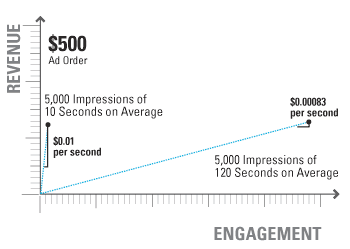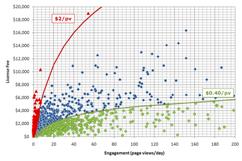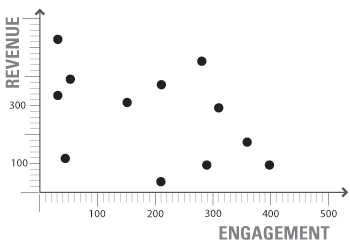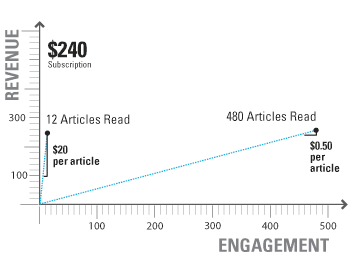
Posted by: Matt Shanahan For publishers, analyzing the unit cost of engagement in advertising identifies revenue optimization opportunities. In the next few blog entries, I’ll explore why and how to analyze the unit cost of engagement for ad orders. This first entry in the series addresses the following questions: What is engagement? What is the unit cost of engagement, and how is it calculated? Why is calculating unit cost important? What is engagement? For advertisers and publishers, engagement is the length of time the audience spends with media and ad. Engagement is one of the few scarce commodities on the Web. An audience member’s options for news, entertainment, socializing, purchasing, and learning are exploding, and like it or not even […]









